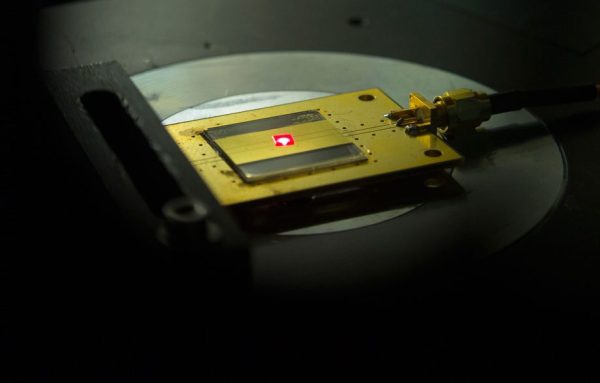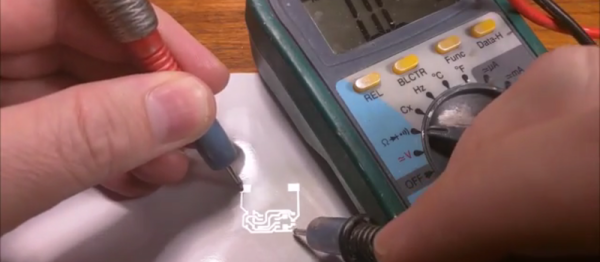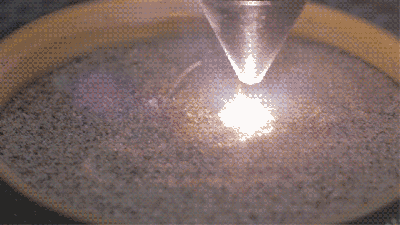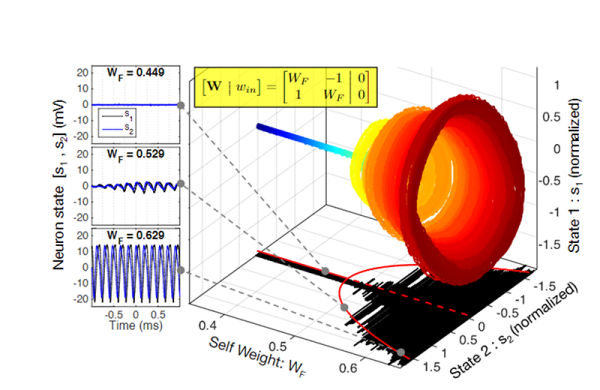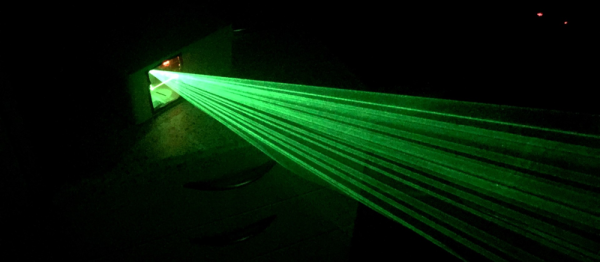Ah, the holiday gingerbread house. A traditional — if tedious — treat; tasking to create, delicious to dismantle, so why not try applying some maker skills to making the job of building it easier? [William Osman] decided to try two unorthodox approaches to the gingerbread construct; first, he opted to build a gingerbread mobile home. Secondly, he cut the pieces out with a laser cutter.
After the tumultuous task of baking the gingerbread sheets, [Osman] modeled the trailer in SolidWorks and set to work cutting it out on his home-built, 80W laser cutter. Twice. Be sure to double check the home position on any laser cutting you do, lest you ruin your materials. Also — though this might be especially difficult when modelling food in any CAD programs — be sure to account for the thickness of your materials, otherwise you’ll end up with a lot of trimming on your hands. At least gingerbread cuts easily.
Hot glue and royal frosting secured the pieces together — as well as some improvisation of the final details — making for a picture perfect holiday scene — from a certain point of view.


